The prototype for this new model is the class F89-F piggyback flatcar built by Bethlehem Steel Co., for Trailer Train (now TTX Co.) during the 1960s. By the time production ended, Bethlehem’s car building plant in Johnstown, Pa. had built more than 9,000 of these distinctive long cars (89′-8″ over the strikers). The F89-series of cars became the backbone of the TTX trailer-on-flatcar (TOFC) car fleet. Their long channel sides make these cars easy to spot.
Many of the F89 cars were modified with different hitch combinations and multilevel autoracks. Trailer Train originally used the familiar TTX reporting mark on its two-trailer cars, but changed to four-letter initials to indicate a car’s fittings and intended service. For example, the RTTX configuration has a pair of fixed hitches at the ends and a retractable hitch in the middle to carry either a pair of 45-foot trailers back-to-back, or three 28-foot “pup” trailers.
Athearn’s Genesis models incorporate excellent prototype details that vary to represent different eras. The prototype cars have been in service for many years, so changes in their hitches, body details, and paint are common. Athearn’s product list for these models includes 37 different cars plus two undecorated versions.
McHenry scale-size knuckle couplers are mounted in wide-swinging coupler boxes. This combination allows the coupler box to swing about a scale 9″ off center so the car can negotiate 22″ radius curves. Of course, a car of this length will look much better operating on 30″ or wider curves.
Model Railroader’s sample cars rode on Genesis 70-ton ASF Ride-Control trucks that have spinning bearing caps. The metal wheels have RP-25 contour flanges and .110″ treads and are mounted on stub axles pressed into an acetal plastic tube axle. All of these wheelsets matched the National Model Railroad Association standards gauge. The spinning bearing caps add only a slight drag to the rolling quality of the trucks.
The car weighs 5 ounces, which is about 2 ounces lighter than the NMRA’s Recommended Practice 20.1 for a car of this size (1 ounce plus ½-ounce per inch of length). Even so, the weight is low in the model, so an empty car should still track well. It would be easy enough to add some weight with a trailer load.
Our samples came superbly painted in appropriate Trailer Train colors and lettering for each era. All of the printed data was clear and readable.
These models will fit any layout modeling the mid-1960s to the present, as TTX cars travel all over North America. They move in regular freight trains as well as intermodal trains, so they should be versatile additions to an HO car fleet.
Manufacturer
Athearn Trains
1600 Forbes Way, Ste. 120
Long Beach, CA 90810
www.athearn.com
Road names
1 KTTX Boxcar red, weathered
12 KTTX Yellow, 2 fixed hitches
12 RTTX Yellow, 3 hitches
4 TTX Boxcar red, 2 hitches
8 TTX Yellow, 2 hitches
2 undecorated versions
Era: 1960s to the present
Features
- Minimum radius: 22″
- Optional retracted trailer hitches
- Plastic body with die-cast metal underframe
- 70-ton roller bearing trucks with rotating bearing caps
- Three different trailer hitches






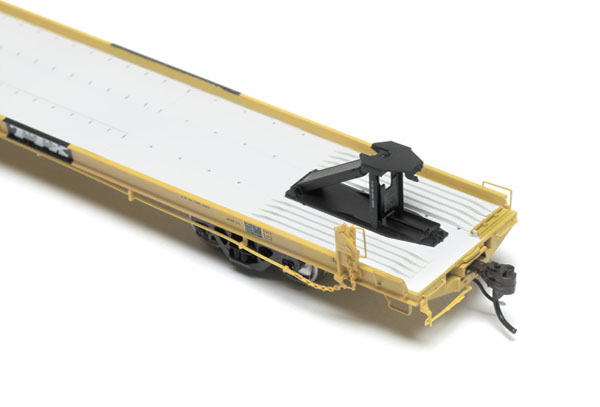

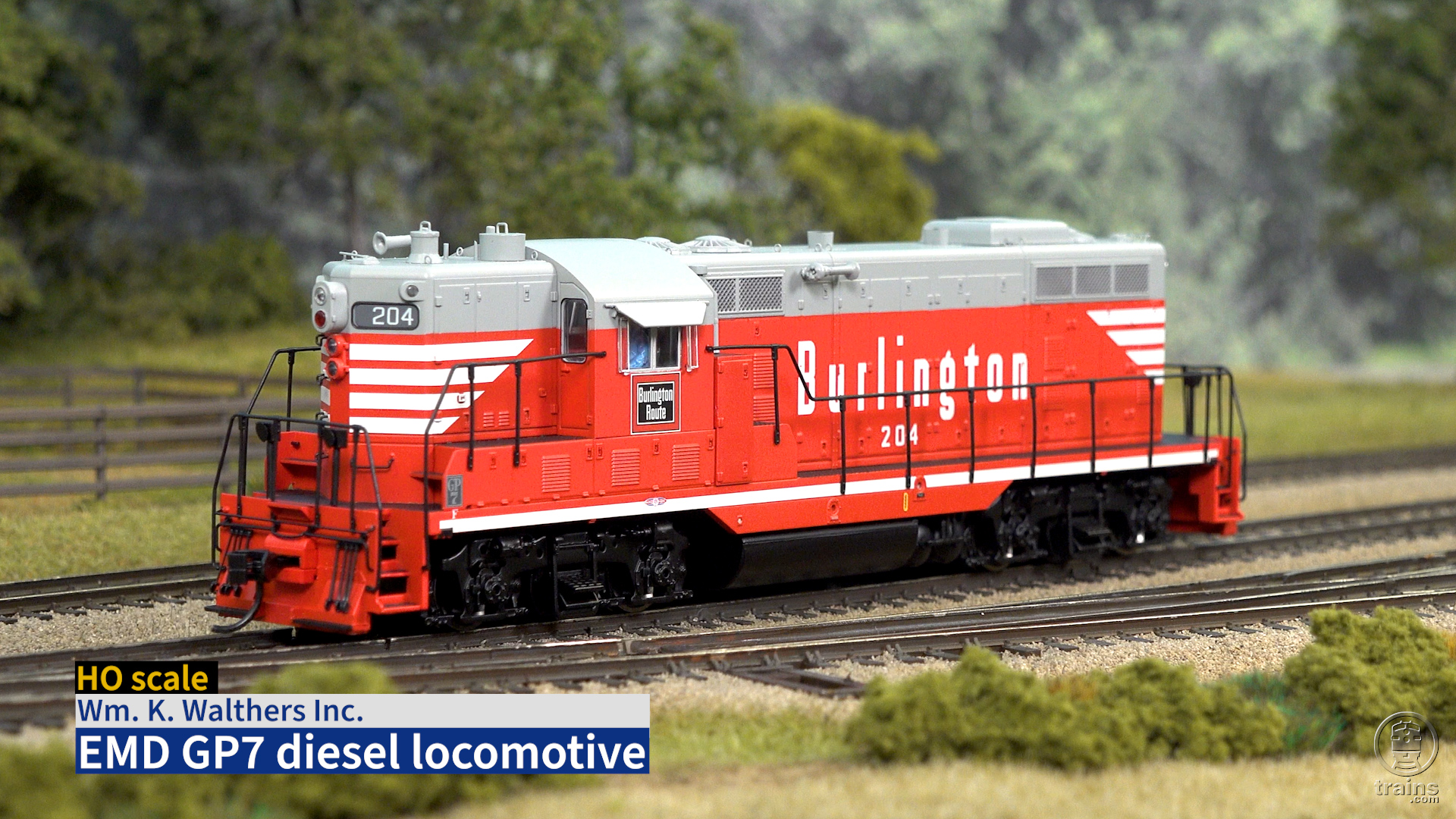
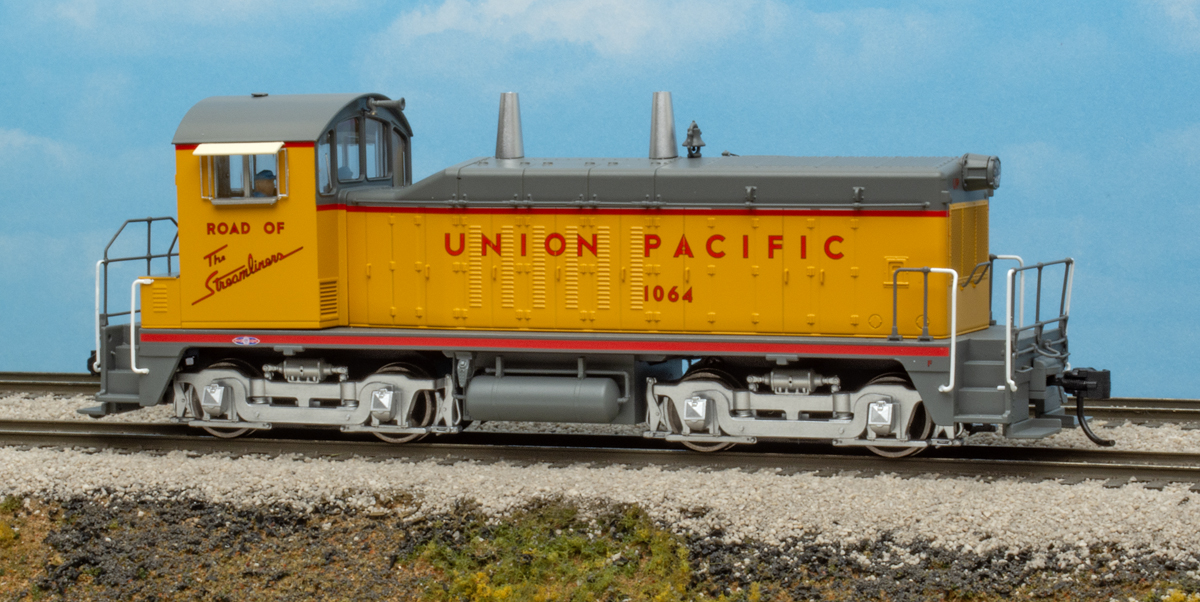
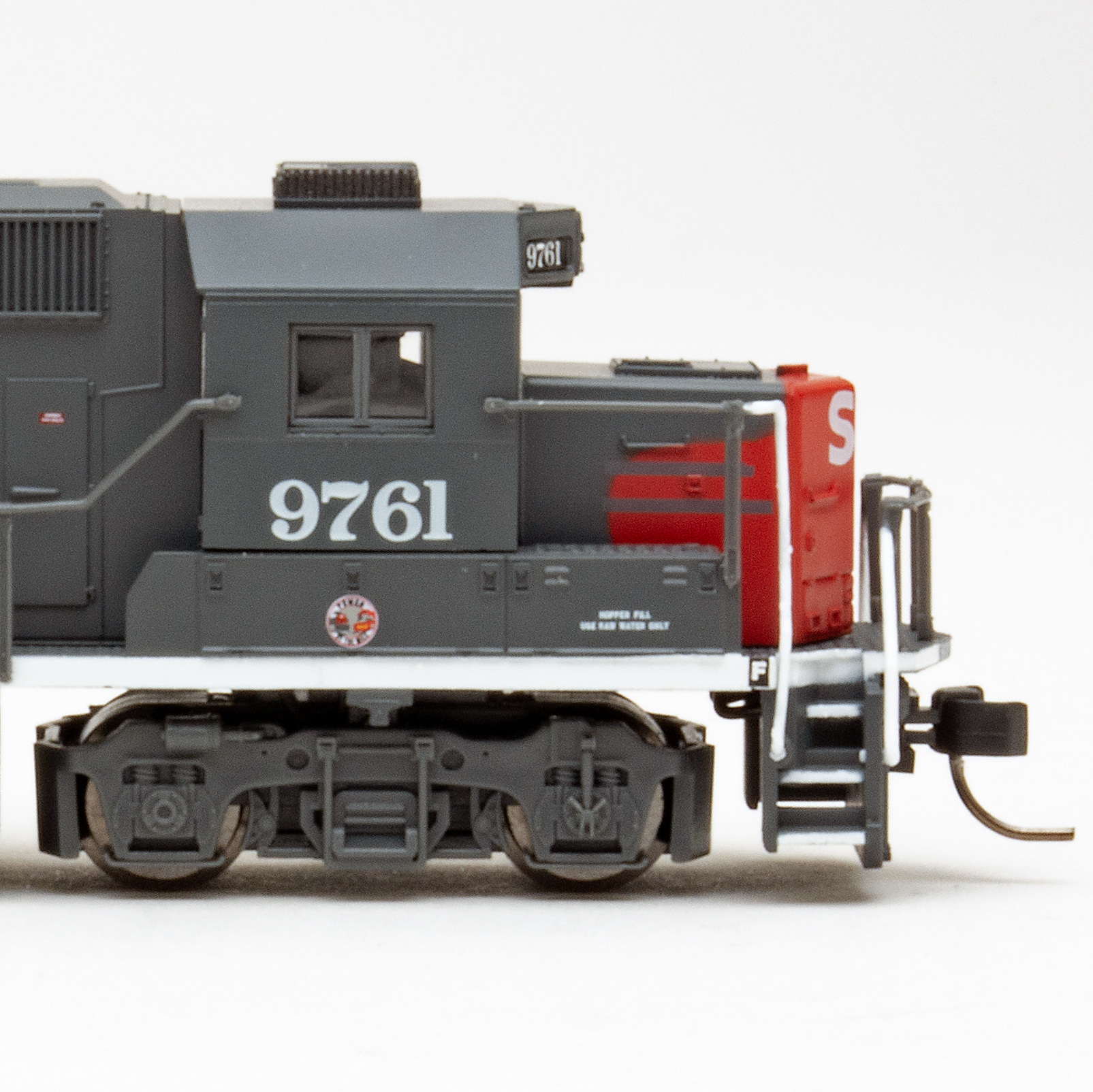
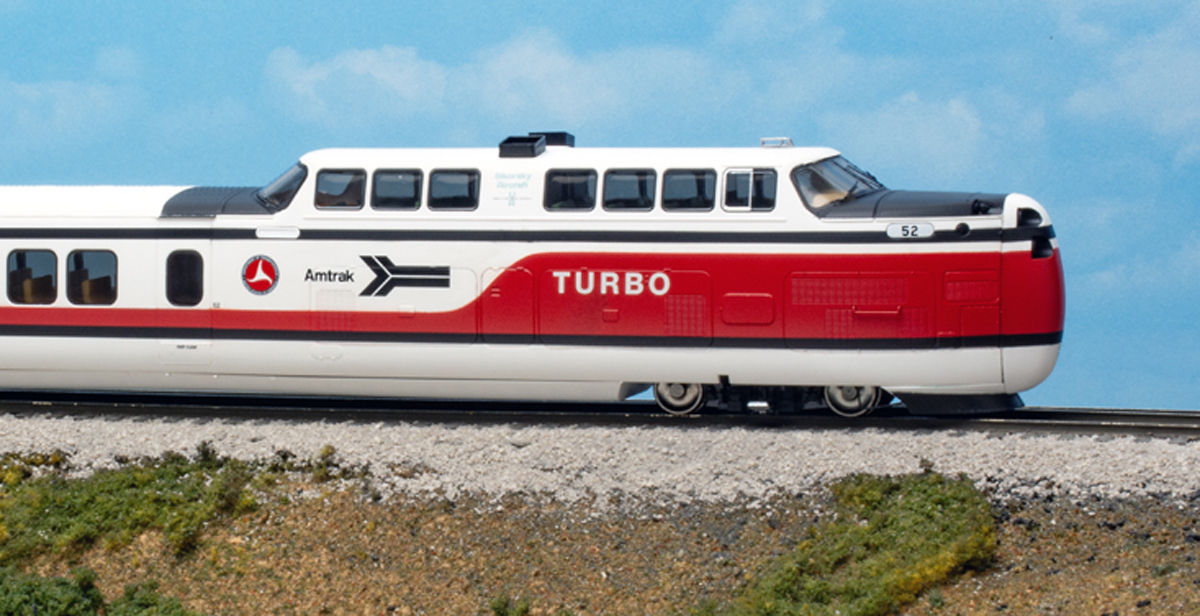




This is an outstanding model. I model the Santa Fe in 1995 which did loads of intermodal operation. Trailers on flat cars are a very big part of the railroad traffic. This car operates very nicely and fits in with a lot of the Walthers, Atlas, and Accurail flat cars already on the layout. This model is pretty much as delivered so I will be pretty much be taking it down to just the hitches to make it appropriate for 1995. And oh yes, lots of weathering with tuscan brown on the deck.